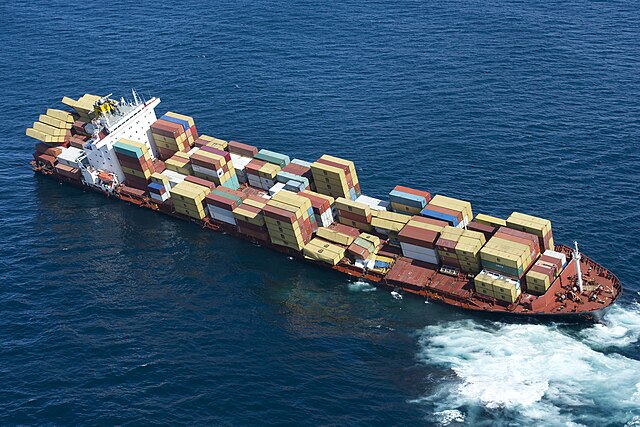Transporting goods by car is a common and often convenient way to move items from one place to another. Whether you’re delivering products for your business, relocating to a new home, or simply transporting items for personal use, understanding the nuances of car transport can make the process smoother and more efficient. In this article, we delve into the world of car transportation, focusing particularly on Rena Monrovia, a fictional city that exemplifies many transportation challenges and solutions. We’ll explore various aspects of transporting goods by car, including best practices, challenges, and frequently asked questions (FAQs).
Understanding Rena Monrovia
Rena Monrovia is a bustling metropolis nestled in the heart of a picturesque landscape. It boasts a diverse economy, vibrant culture, and a population that values efficiency and reliability in transportation. Like many modern cities, Rena Monrovia relies heavily on car transportation for both personal and commercial purposes.
The Importance of Efficient Car Transportation
Efficient car transportation is crucial for the functioning of Rena Monrovia’s economy. Businesses depend on timely deliveries to meet customer demands, while individuals rely on cars to commute to work, run errands, and enjoy leisure activities. Therefore, optimizing the process of transporting goods by car is essential for the city’s prosperity and the well-being of its residents.
Best Practices for Transporting Goods by Car
Transporting goods by car requires careful planning and execution. Here are some best practices to ensure a smooth and efficient process:
- Plan Your Route: Before setting out, plan your route carefully to avoid traffic congestion and road closures. Use GPS navigation systems or traffic monitoring apps to find the most efficient route to your destination.
- Secure Your Cargo: Properly secure your cargo to prevent shifting or damage during transit. Use ropes, straps, or cargo nets to secure items in place, especially when transporting bulky or fragile goods.
- Observe Weight Limits: Be mindful of your vehicle’s weight limits and avoid overloading it with excessive cargo. Distribute the weight evenly to maintain balance and stability while driving.
- Drive Safely: Follow traffic rules and regulations at all times. Maintain a safe driving speed, especially when carrying heavy loads or driving in adverse weather conditions.
- Schedule Regular Maintenance: Keep your vehicle in good condition by scheduling regular maintenance checks. Check tire pressure, engine oil, and other essential components to ensure optimal performance.
Challenges of Car Transportation in Rena Monrovia
While car transportation offers numerous benefits, it also presents several challenges in a bustling city like Rena Monrovia:
- Traffic Congestion: Heavy traffic congestion is a common issue in Rena Monrovia, especially during peak hours. This can result in delays and longer transit times for goods being transported by car.
- Parking Constraints: Limited parking spaces pose a challenge for both commercial and personal vehicles in Rena Monrovia. Finding suitable parking spots for loading and unloading goods can be a time-consuming task.
- Environmental Impact: Increased car usage contributes to air pollution and environmental degradation in Rena Monrovia. Finding sustainable transportation solutions is imperative to mitigate these negative effects.
- Security Concerns: Carrying valuable or sensitive cargo raises security concerns, such as theft or damage during transit. Implementing security measures, such as GPS tracking systems or surveillance cameras, can help mitigate these risks.
Read more: The VNC Distribution Revolution: Wholesale Disposable Pods Vape
Frequently Asked Questions (FAQs)
- Is car transportation cost-effective compared to other modes of transport?
- Car transportation can be cost-effective for short-distance trips or when transporting smaller quantities of goods. However, for long-distance or bulk shipments, other modes of transport such as railways or shipping may offer better value.
- What are the legal requirements for transporting goods by car?
- Legal requirements vary depending on the jurisdiction and nature of the goods being transported. Generally, drivers may need appropriate licenses, permits, and insurance coverage to transport goods commercially. It’s essential to familiarize yourself with local regulations to ensure compliance.
- How can I minimize the environmental impact of car transportation?
- To minimize environmental impact, consider using fuel-efficient vehicles, carpooling whenever possible, and exploring alternative transportation options such as electric or hybrid vehicles. Additionally, practicing eco-friendly driving habits, such as maintaining a steady speed and avoiding unnecessary idling, can reduce emissions.
- What should I do in case of an accident or breakdown during transportation?
- In the event of an accident or breakdown, prioritize your safety and that of others involved. If possible, move the vehicle to a safe location and alert the authorities or emergency services if needed. Document the incident and exchange relevant information with any parties involved, including witnesses. Depending on the severity of the situation, you may need to seek medical attention or towing services.
Conclusion
Transporting goods by car in a city like Rena Monrovia requires careful planning, adherence to best practices, and awareness of potential challenges. By following these guidelines and staying informed, individuals and businesses can navigate the complexities of car transportation effectively, contributing to the city’s efficiency and sustainability.


